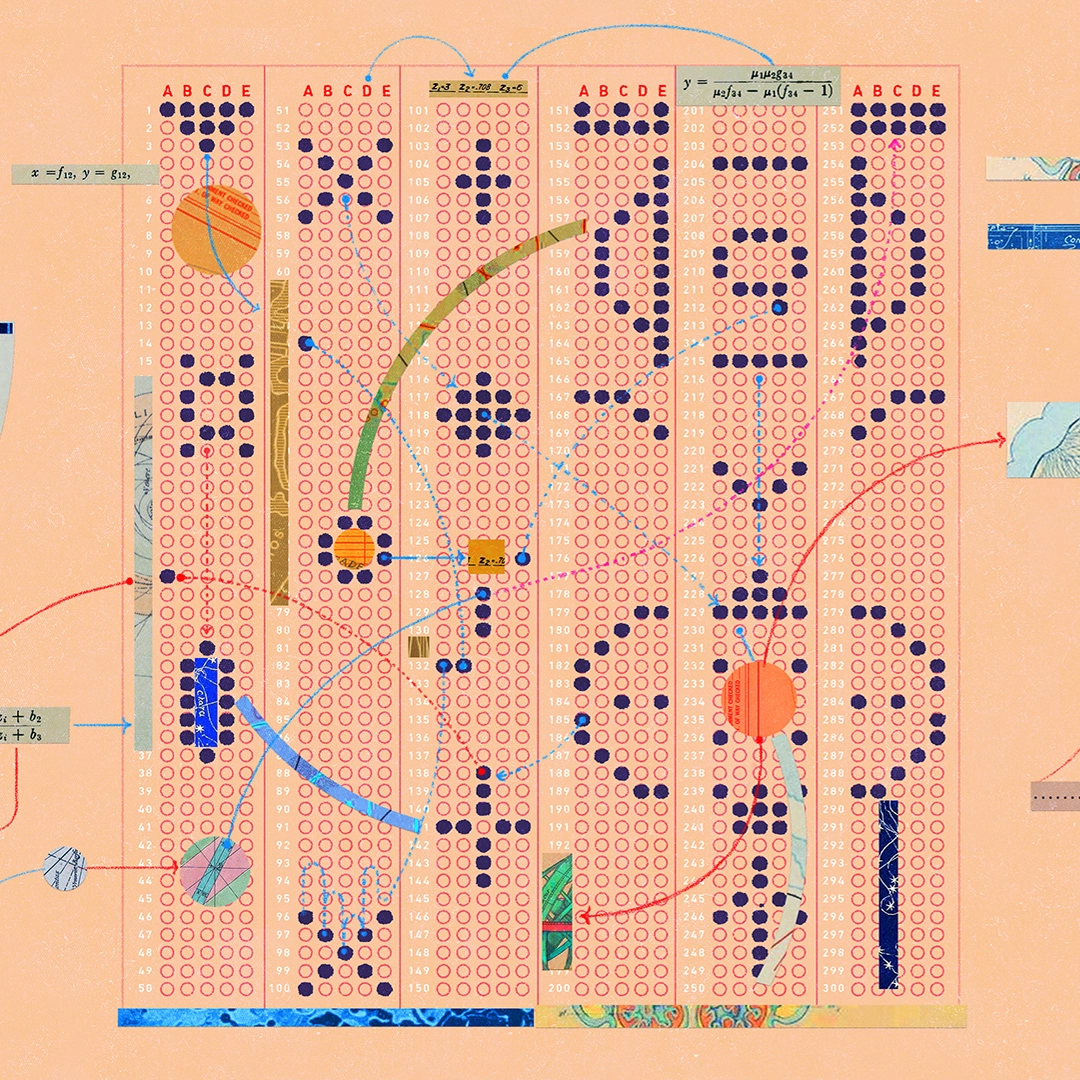This story is featured in the WorkLab newsletter. Sign up for it here.
The arrival of agents is already driving major transformation in how we work and leveling up the value AI can bring to an organization. “AI agents are about getting things done for users through understanding our needs and knowing how to fulfill them,” says Ece Kamar, Distinguished Scientist, VP, and Managing Director of the AI Frontiers Lab at Microsoft Research. We recently talked to Kamar, who has studied agentic systems for decades. Her insights can help every business leader understand where agents are taking work—and why the latest models are such a breakthrough.
Let’s start by aligning on what an AI agent actually is. How would you define it?
An agent uses AI to execute tasks and take action on your behalf. They do this by interacting with digital and physical environments, perceiving what is happening, deciding what is the next best action to take, then perceiving how that action changes the state of that environment, then again deciding the next best action to take. It’s an interactive loop that can continue until a task or collaboration is complete.
Agents aren’t exactly new—you’ve studied them for a long time. What’s different about the agents we’re talking about today?
In the last decade, you might have used agents on your phone to add things to your shopping list or answer questions based on what they find on the internet. Those were agents, but they were very isolated, narrow entities that only worked for well-defined tasks. When I look at the models today—from the very large models like GPT to reasoning models to the action models that are coming up—we now have the building blocks that agents need to complete that interactive loop and move from being narrowly focused to more generally capable.
Why are reasoning models such a game changer for agents?
They allow agents to move into actual problem-solving. Earlier models could generate text or respond to commands, but they weren’t good at planning, breaking down tasks, or adapting to new information. Reasoning models bring structure to that process. They allow agents to take a high-level goal, figure out the steps needed to reach it, and adjust along the way. That kind of capability is critical for agents to operate both autonomously and in collaboration with humans, especially in complex, dynamic environments. Reasoning models have the potential to offer a principled and general framework for the orchestration of agents in a way that incorporates existing computational tools and allows deep collaboration with people.
Where do you see agents making the biggest immediate impact at work?
I very much believe in the partnership that is going to emerge between agents and people. There are so many things we work on that do not require a lot of ingenuity, and we experience so much information overload. We need better ways to just manage information, manage communication. Agents are going to be extremely helpful with that, and the current technologies are going to create a lot of value.
Agents can now take on tasks like helping salespeople respond to RFPs and accelerating market research. How should leaders think about the ways their teams use them?
There are decades of literature about how people work with people. When you have a new team member, you first need to build trust. The same goes for agents: We need to build a relationship that is grounded in informed trust. What I mean by that is, I want to know enough about what is going on to trust that it’s going well, and to be able to intervene and help when needed.
Say the agent is proposing a plan of: “I’m going to find that information, and then I’m going to write this email, and then I’m going to make this database query.” The user can say, “At the database step, get me, and we’ll do that together.” Or “Do not go to that database, go to the other one.” Or “I don’t like this plan, stop.”
Humans work with agents, but how do agents work together?
Let’s say I want to solve a data analysis problem: “Find this data for me, analyze it to get the trends, and paste it into PowerPoint.” We created AutoGen, an open-source framework that can break down the problem into smaller pieces and give those pieces to different agents to accomplish. Each agent would have the necessary prompts and the model supporting them to be able to carry out the assigned task. An orchestrator agent coordinates the whole process. That kind of architecture is starting to show up in enterprise tools—like the new Analyst agent in Microsoft 365 Copilot, which helps users explore data and generate insights automatically.
The reaction from the open-source community to this framework has been mind-blowingly positive, because so many people were hitting a wall: the models were not able to figure out what needed to be done and break big jobs into smaller, manageable steps. AutoGen gave them a really powerful tool to build more reliable and more capable applications.
Why is this moment a milestone for agent capabilities?
Right now, a lot of our experimentation is one person and one agent trying to get things done on our computers. As we push this frontier forward, it is easy to imagine that my agent, which knows a lot about me and my needs, will be able to interact with your agent, which knows a lot about you and your needs. That opens up a world of possibility—a “society” of agents representing people and organizations, taking on different roles, and collaborating to solve problems at a scale and speed that humans alone never could.


